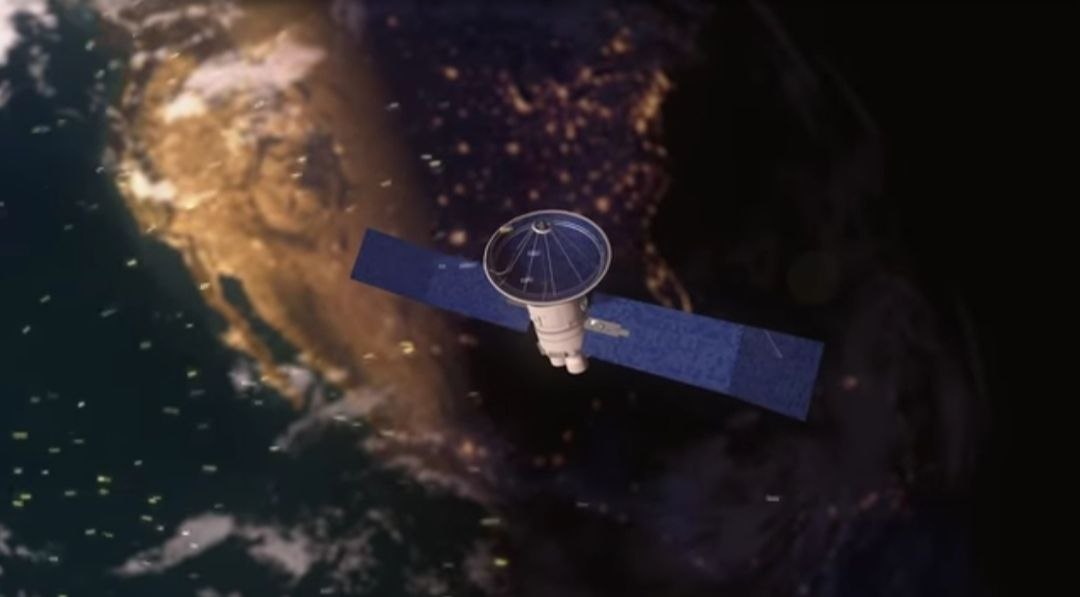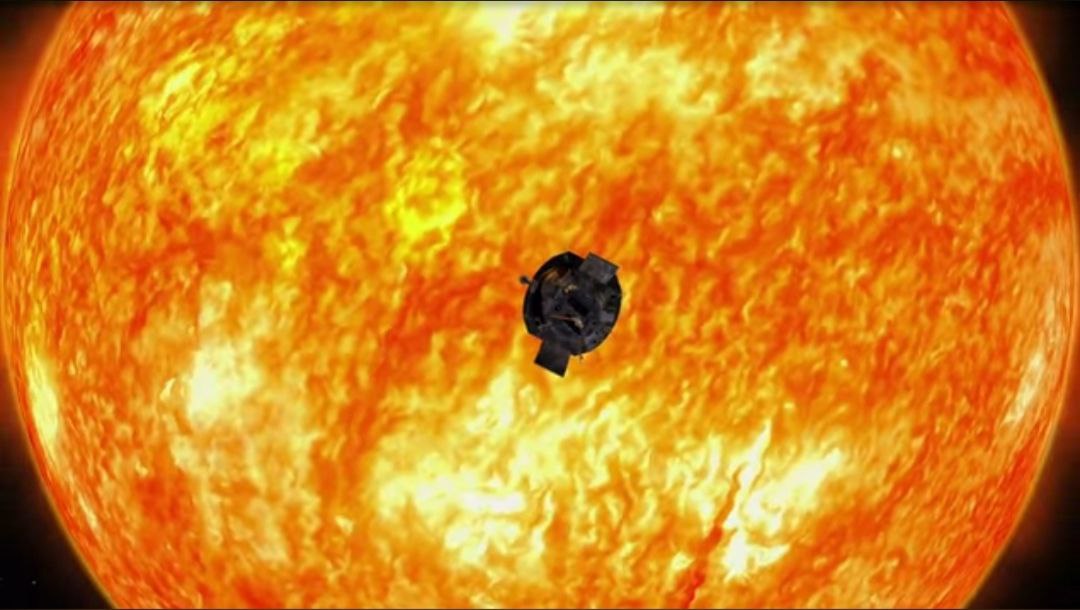
The NASA Parker Solar Probe is a mission that aims to study the Sun up close like never before. Launched in August 2018, this unmanned spacecraft has made it possible to gather unprecedented data about our star and its atmosphere.
The mission is named after Eugene Parker, a renowned astrophysicist who proposed the existence of solar winds back in the 1950s. These winds are streams of charged particles constantly emitted by the Sun, but their exact origins and behavior remained a mystery.

The Parker Solar Probe’s primary objective is to directly explore the Sun’s outer atmosphere, known as the corona, and analyze the solar wind. By getting closer to the Sun than any previous mission, it can study the corona and solar wind at an incredibly close range.
To withstand the extreme heat and radiation, the spacecraft is equipped with a specially designed heat shield, or thermal protection system (TPS). This TPS helps keep the instruments and systems onboard at a safe operating temperature while enduring temperatures that can exceed 1,300 degrees Celsius (2,500 degrees Fahrenheit).
During its seven-year mission, the Parker Solar Probe will make a total of 24 close approaches to the Sun. On its closest approach, it will reach a distance of about 6.2 million kilometers (3.85 million miles) from the Sun’s surface, which is approximately seven times closer than any previous spacecraft.

The data collected by the mission will help scientists better understand the Sun’s behavior, such as its magnetic fields, solar winds, and solar eruptions (such as solar flares and coronal mass ejections). This information will provide invaluable insights into the workings of our own star and potentially lead to more accurate predictions of space weather, which can affect satellites, communication systems, and even power grids on Earth.
The NASA Parker Solar Probe is revolutionizing our understanding of the Sun and its influence on our solar system. As the mission continues to provide groundbreaking data, it promises to deepen our knowledge of one of the most important celestial bodies in our solar system.




I think other website owners should take this site as an example , very clean and excellent user pleasant pattern.
Simply wanna state that this is very beneficial, Thanks for taking your time to write this.
Well I sincerely enjoyed studying it. This information procured by you is very practical for accurate planning.
There is visibly a bundle to identify about this. I consider you made some good points in features also.
My brother recommended I would possibly like this blog. He was totally right. This post truly made my day. You can not believe simply how a lot time I had spent for this info! Thanks!
There are some fascinating time limits in this article however I don’t know if I see all of them middle to heart. There may be some validity however I’ll take hold opinion till I look into it further. Good article , thanks and we want more! Added to FeedBurner as effectively
Thanks for sharing. I read many of your blog posts, cool, your blog is very good.
It’s really a cool and useful piece of information. I’m glad that you shared this useful info with us. Please keep us up to date like this. Thanks for sharing.
промокод на продамус скидка подключение [url=http://promokod-prod.ru]http://promokod-prod.ru[/url] .
Hey I am so excited I found your blog page, I really found you by error, while I was researching on Digg for something else, Anyhow I am here now and would just like to say cheers for a remarkable post and a all round interesting blog (I also love the theme/design), I don’t have time to go through it all at the minute but I have book-marked it and also added your RSS feeds, so when I have time I will be back to read more, Please do keep up the fantastic job.
Как купить аттестат 11 класса с официальным упрощенным обучением в Москве
Аттестат школы купить официально с упрощенным обучением в Москве
prodamus промокод [url=www.alhambra.bestforums.org/viewtopic.php?f=2&t=50755]www.forumbar.anihub.me/viewtopic.php?id=9823#p1757[/url] .